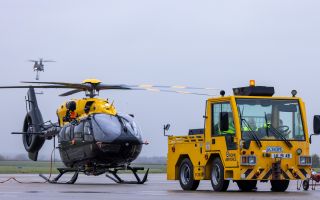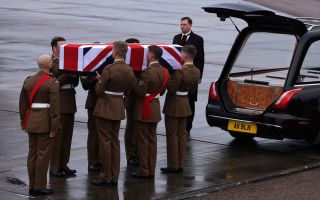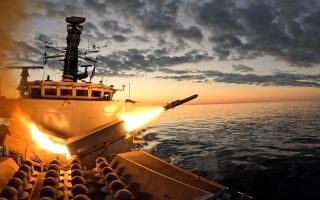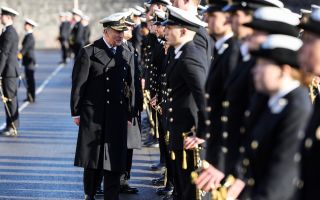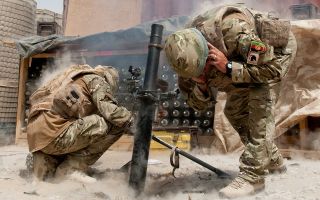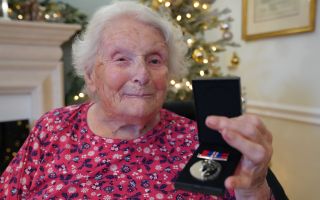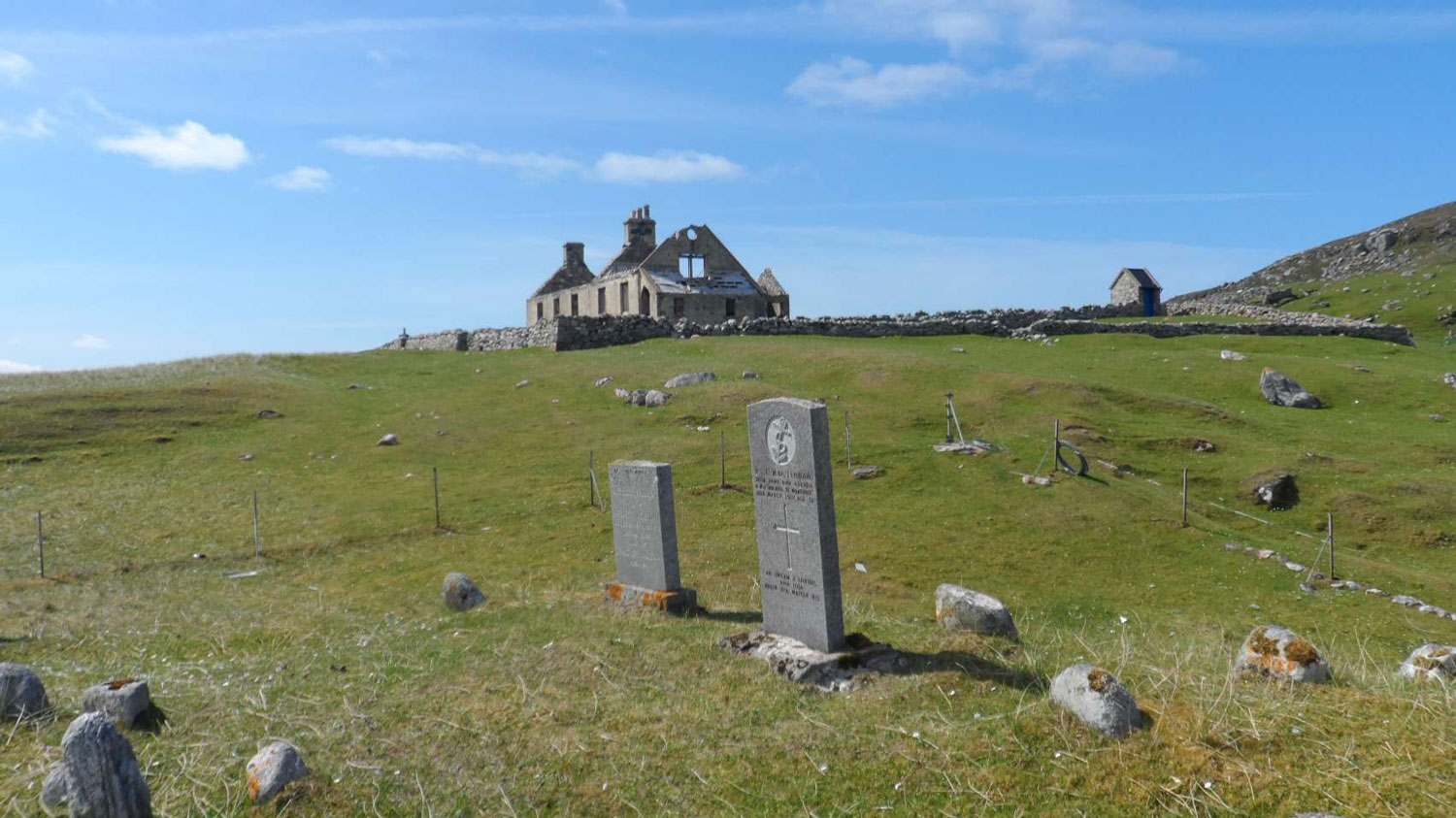
How the memory of two fallen servicemen is kept alive on a remote Scottish island

The graves of two fallen service personnel lie on a windswept and uninhabited island in one of the most remote memorials in Britain to those who gave their lives in the First World War.
How they came to be laid to rest there, in a small, once-forgotten plot in the Outer Hebrides of Scotland, is a testament to how far and wide the impact of the Great War had on families and communities the length and breadth of Britain.
British Army soldier, Pioneer Donald MacLennan and Royal Navy Reserve Desk Hand Donald John MacLennan lay surrounded by a small grassy area found on uneven land scattered with rocks, with the soothing sound and sight of the Atlantic Ocean just metres away.
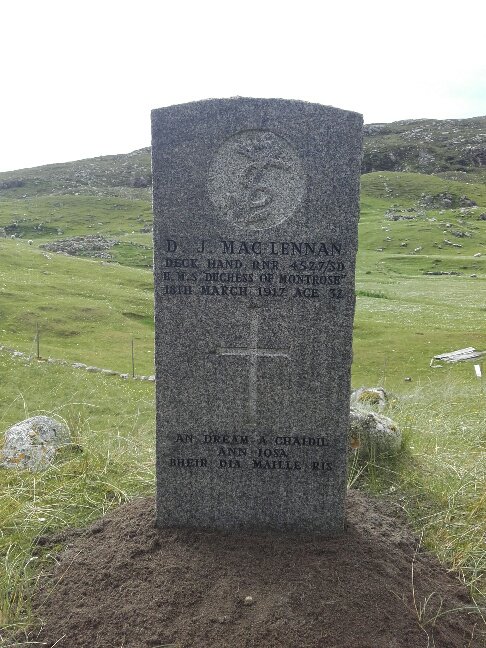
How their graves are tended and how the memory of them is kept alive is also a testament to the dedicated work of a small team at the Commonwealth War Graves Commission, who visit the island by boat every three to five years to make sure the isolated graves are maintained and that the soldiers are never forgotten.
If it were not for the Commonwealth War Graves Commission, these men's graves at Scarp Burial Ground may have been forgotten about decades ago.
Who Is Buried On The Island Of Scarp?
Pioneer MacLennan of the Royal Engineers, Inland Waterways and Docks, who died during the First World War on 15 November 1918, was the son of Scarp residents Mr and Mrs Finlay MacLennan.
At that time, the island was inhabited by several families who would farm the land, rear sheep and cows or fish the surrounding waters.
But, by 1971, many families found working the land was not what it once was as they faced a variety of economic and environmental challenges and one by one, the population moved to nearby islands such as the Scottish Hebridean Isle of Lewis and Isle of Harris.
The man who lays in the ground beside Pioneer MacLennan is Deck Hand MacLennan, the husband of Margaret MacLennan and son of Alexander MacLennan, who lived on the nearby Isle Of Harris. He died on 18 March 1917, aged 32.
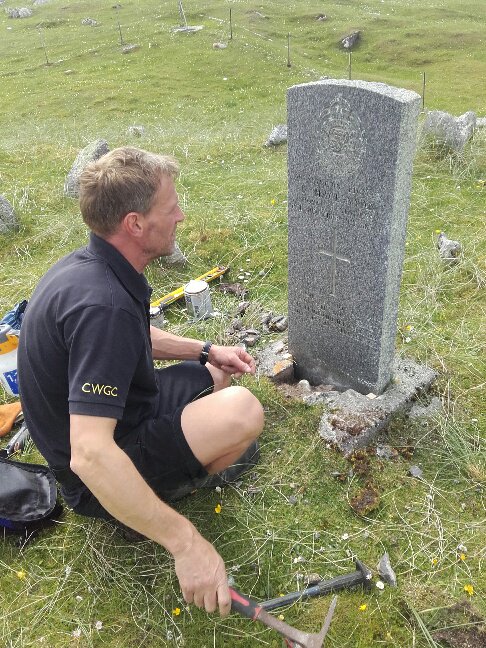
How does the Commonwealth War Graves Commission maintain such remote graves?
Iain Anderson, CWGC Regional Manager, whose patch includes Scotland, Iceland and The Faroe Islands, explained how the graves at Scarp Burial Ground are looked after.
He manages a team that do the day-to-day work in maintaining war graves, a task that includes cleaning them and painting or repainting inscriptions.
He himself has visited Scarp Burial Ground twice thanks to the help of a local farmer. He said: "We try and visit as regularly as we can, maybe every three to five years... to check them, clean them and paint them.
"There is a gentleman who took me over, we're in contact with him so if anything actually happens he would let me know ... like a cow could rub against the stone or a sheep could do some damage."
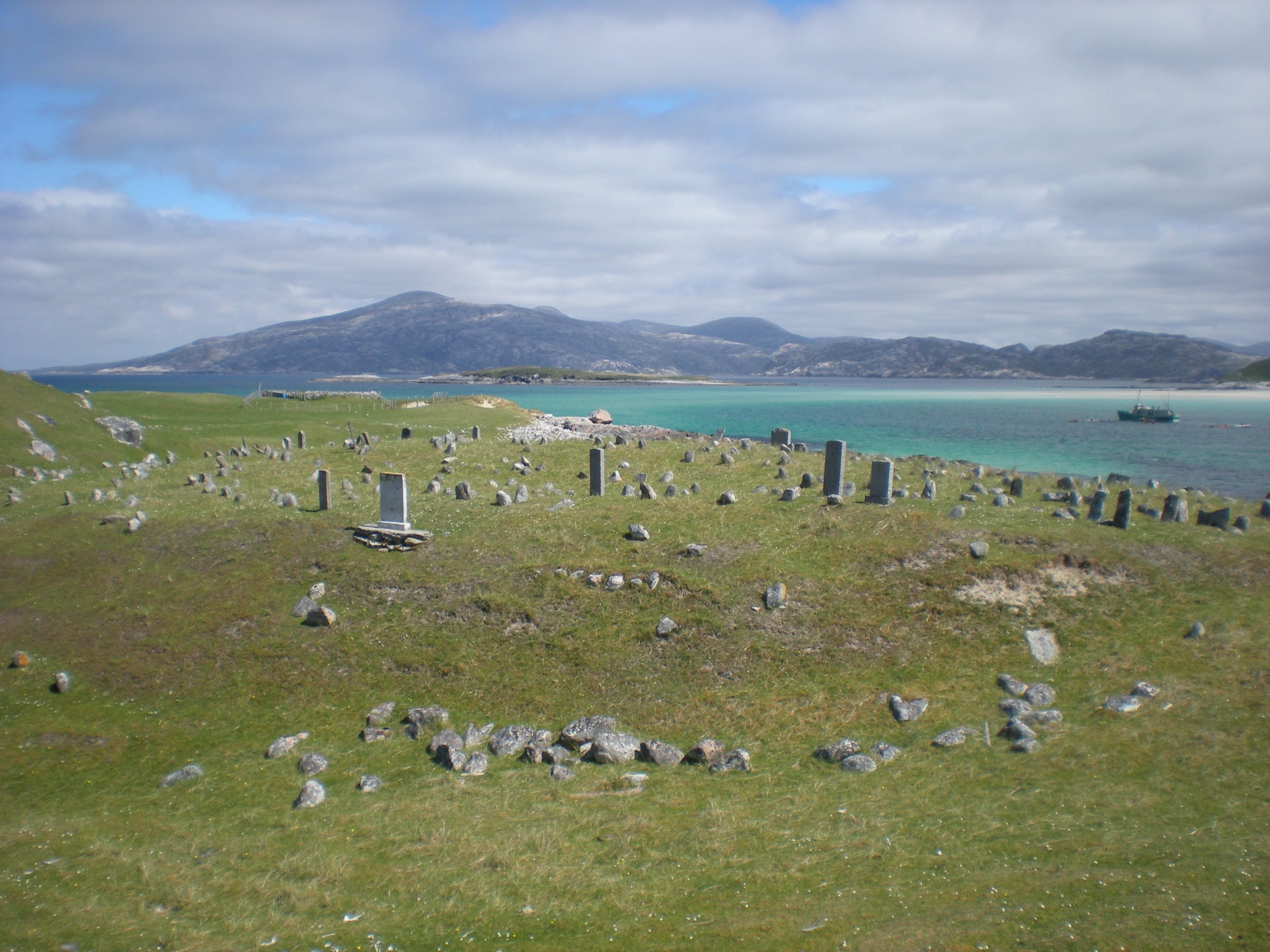
The gentleman in question is a crofter who keeps his sheep on the island – the word croft is commonly used in Scotland to describe a very small farm.
He helps the CWGC by taking the team over by boat. Between visits, the crofter cleans and checks the graves whenever he goes over.
Mr Anderson, speaking about what it was like to travel from the Isle of Harris to Scarp, said: "The first time I went over was with this crofter guy and he said 'will you help me pump my boat up?' so that was a bit hairy.
"He said 'you've got to be careful because a few folk have drowned here on the way back'."
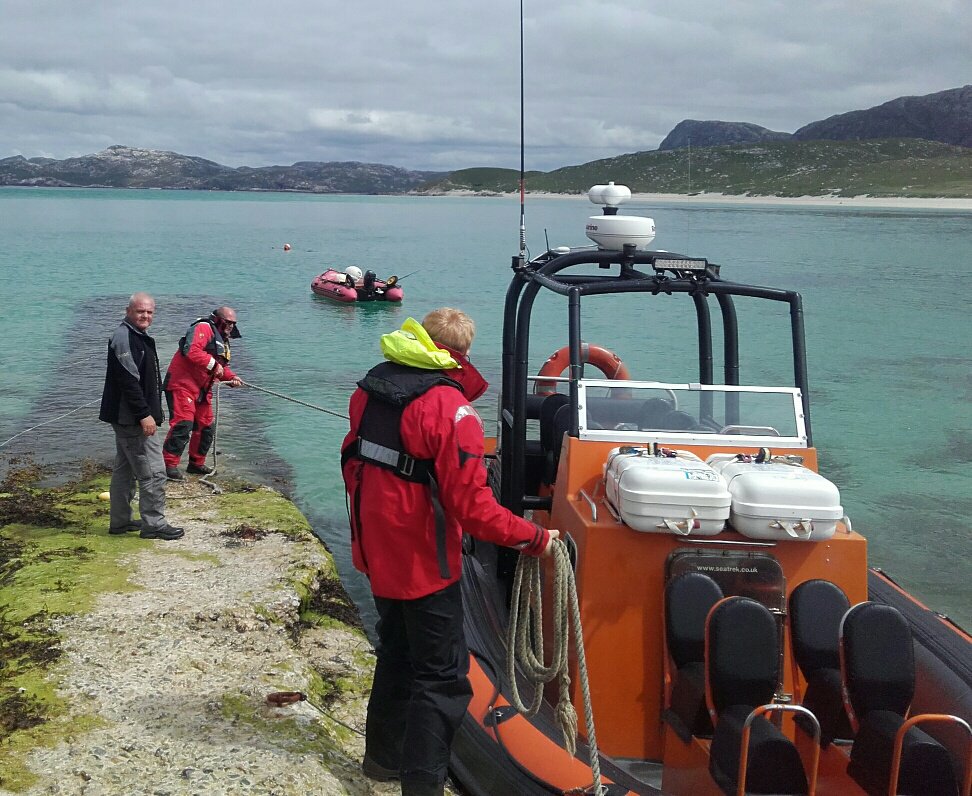
Who Else Is Buried On Scarp?
The two CWGC war graves are surrounded by a handful of other graves scattered haphazardly around them.
They are not war graves but belong to the number of people who lived, worked and died there over the years.
Over the centuries, people on remote islands such as Scarp would simply put a large rock or boulder down to mark a grave because they were unable to afford or source a headstone.
Who Owns Scarp?
American former musicologist Anderson Bakewell, who has owned Scarp since the 1990s, took over the island after developing fond memories following visits there in the 1960s, when some families still lived there.
A few of the original houses have been renovated and are used by the owners for holidays but no one lives there permanently.

